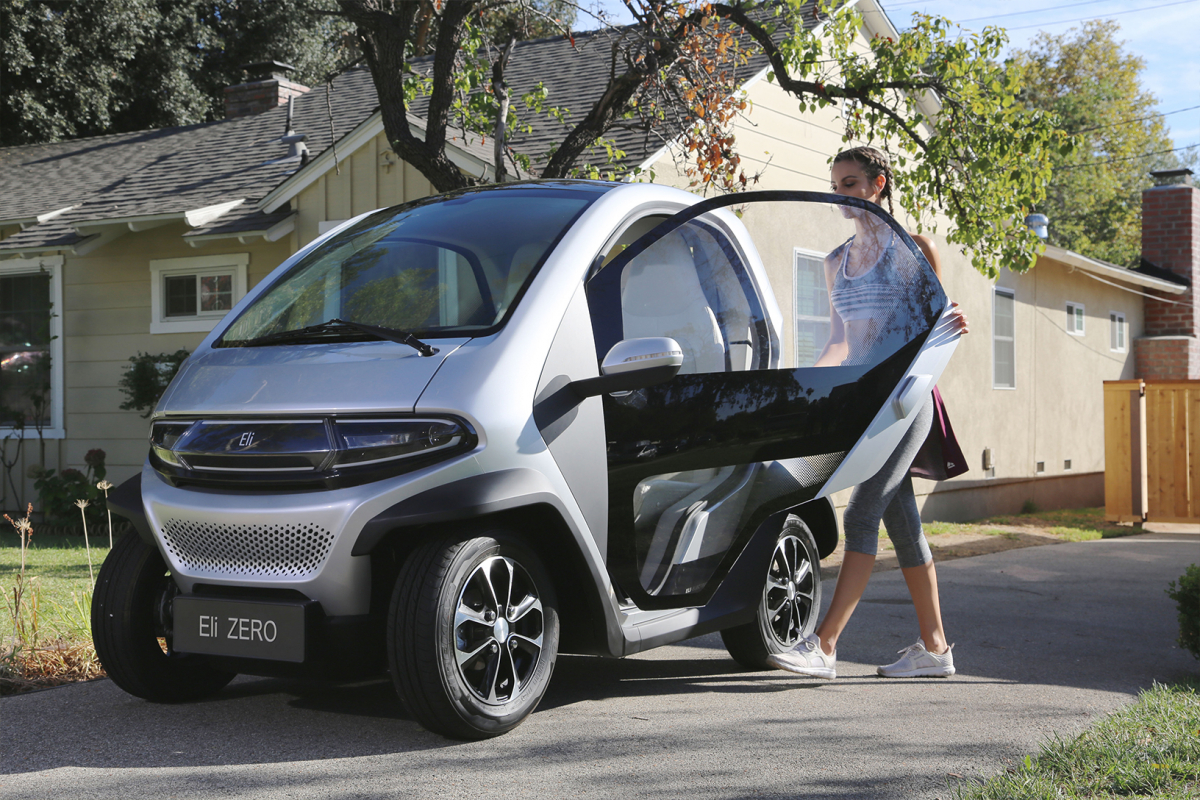Deutsche Bahn and Telekom are planning a seamless cell phone network – in 5 years
Deutsche Bahn and Telekom have announced that they will expand the network for cell phone telephony and the Internet and close gaps. But all of this will take another five years and will also require many trains to be converted.
Deutsche Telekom wants to expand the mobile network along all railway lines and close corresponding gaps. In this way, a network speed of 200 megabits per second should be possible across the board – but not until 2026. The two companies are investing a three-digit million amount for this, as they have now announced at a press conference.
The goal is the fastest possible expansion of the mobile network and the closing of dead spots. Richard Lutz, CEO of Deutsche Bahn, explains that it is known that companies would use trains as offices, conference rooms and for relaxation and that the demand for a seamless mobile network is understandable. Federal Minister of Transport Andreas Scheuer, whose department is also the digital infrastructure in public space, explains, “The era of ‘I have no network’ must come to an end in Germany and high-speed mobile Internet must be available everywhere”. But he and his ministry in particular are always criticized for the grid supply.
Contents
Bahn plans 100 megabits per second even on branch lines
The Deutsche Bahn route network covers a total of 33,400 kilometers. 7,800 kilometers of these are main routes on which all ICE and the most important IC trains run. Telekom wants to supply these routes with a data rate of more than 200 megabits per second by the end of 2024. On a further 13,800 kilometers of high-passenger routes, on which more than 2,000 passengers travel every day, Deutsche Telekom also wants to offer a data rate of more than 200 megabits per second by the end of 2025. All other routes are to be supplied by Telekom by the end of 2026 with a data rate of more than 100 megabits per second. In the coming years, the supply will then be continuously adapted to the current state of the art – whether Germany will not be behind again by 2026 remains to be seen.
However, the speeds will be more of an up-to-date offer that customers will only find under ideal conditions. In the WLAN itself, there is also the fact that, of course, all passengers on a train share the network if they are not surfing via LTE or 5G. It is also possible and probable that Telekom prefers its own customers in terms of speed, although Deutsche Bahn announced that it would also like to make agreements with other network providers. The situation has not yet been clarified for the sections of the route that do not belong to the railway.
But especially in the well-shielded, faster trains, the improvements to the route itself are not enough at higher speeds: The railway therefore wants to take technical precautions so that mobile radio signals can get better into the interior of the trains. This is because the window pane coating, which repels heat and UV rays, especially in the ICE trains, reflects electromagnetic waves. Frequency-permeable panes can be the solution here. But it will take some time for them to be built across the board.
t3n says:
“You’re coming late, but you’re coming,” one might call out to both companies. Because today, commuters, especially in regional regional traffic, can still accurately assess where the train is – based on dead spots and the lack of internet. If you want to use the travel time sensibly for work, this is precisely the basic requirement today and is the standard even in cheaper long-distance buses. If the railway wants to be taken seriously as part of the turnaround in traffic and climate protection efforts and wants to achieve that more people use the railway – with the promise of being able to use the time for something meaningful – it has to get significantly better at this.
Tobias Weidemann


